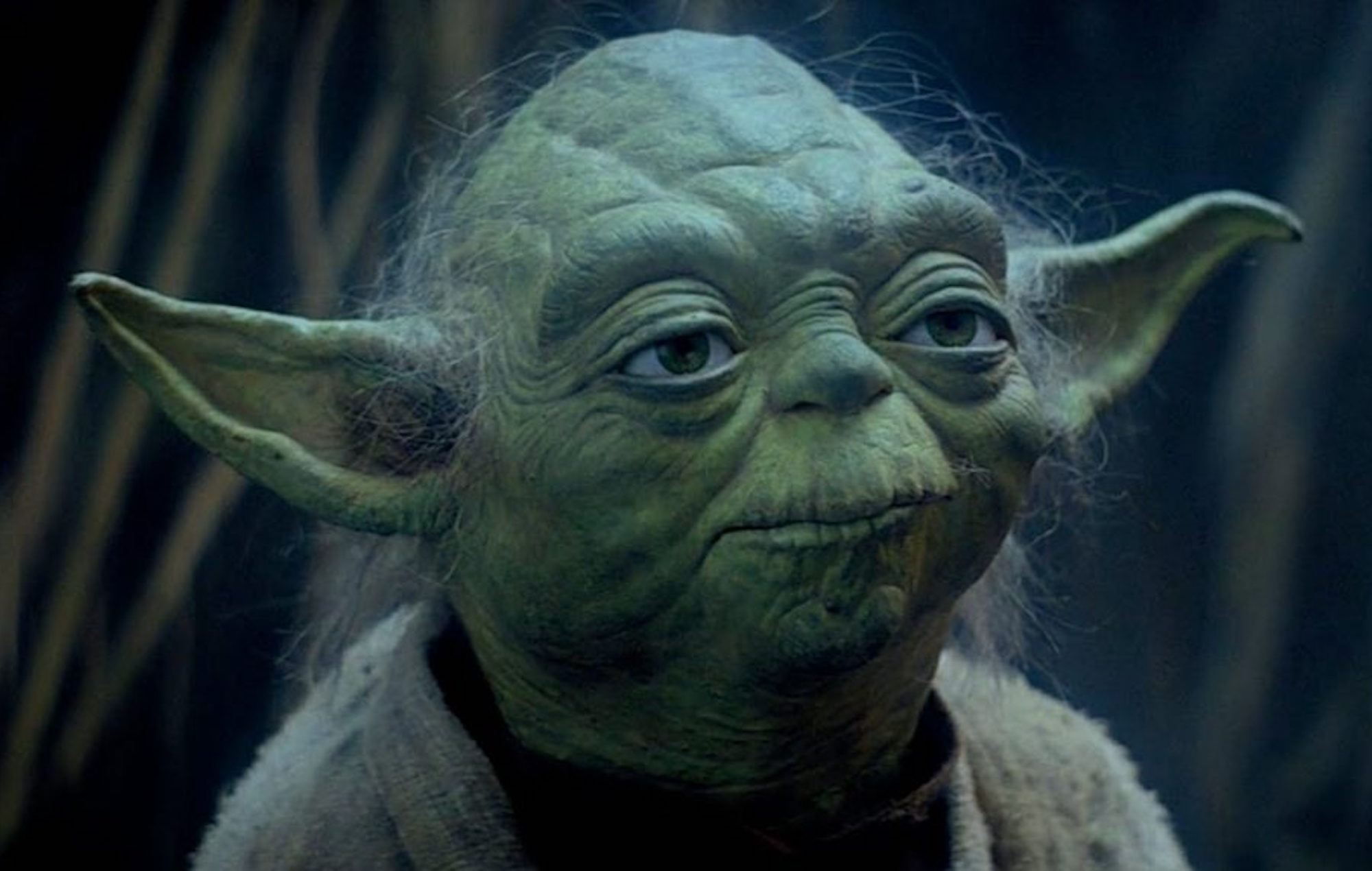Late last year, Eliot Curtis - the Broadcast Operations Manager for KPIX Television in San Francisco - took on the task of repairing a Buchla Model 100 modular synthesizer that had been sitting dormant at Cal State University East Bay since the 1960s. While recently working on the repair, Curtis opened up a red module on the vintage synth and found a crystallized residue that he proceeded to remove with his finger. It was 45-minutes later that he started to feel "a weird, tingling sensation" which was then followed by a whopping nine-hour trip.
Three individual chemical tests later identified the substance as LSD and since the drug had remained hidden inside the synth in a cool, dark place, the psychoactive substance was preserved for years before eventually being ingested through Curtis' skin.
The synth's creator Don Buchla - who attended Berkeley College in the 1960s - was heavily involved in the counterculture movement of the times and was good friends with the famous LSD advocate, Ken Kesey. Buchla was also known to associate with the Grateful Dead’s sound engineer Owsley Stanley who was an infamous and mysterious acid manufacturer.
“It’s a bit like time travel,” said synth legend Suzanne Ciani during an interview with KIXP about the incident. “If you could go back that would be the way to go there. That is, to share the drugs that everybody took at that time.” Ciani, who was a student at the University of California in Berkeley, worked with Buchla in the late ’60s and ’70s.
Despite all of Buchla's LSD connections, there is still no definite answer as to how the LSD made its way into the modular synth (but lots of theories are starting to form). Since the incident, all traces of acid have been removed from the vintage Buchla.
Watch KIXP's full news report below.
[:]
Cameron is Mixmag's Jr. Editor. Follow him on Twitter
Read this next!
5 of the best modular gateways
LSD could help people overcome alcohol dependency
Why acid house is the last thing I want to listen to on acid



